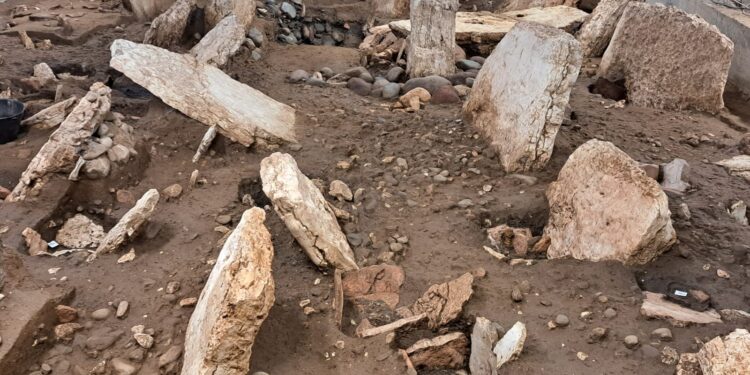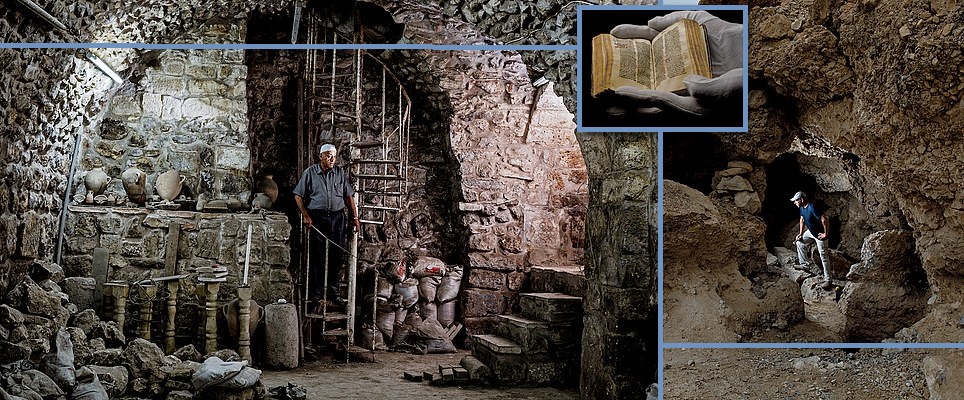Beneath the streets of Trento, Italy, archaeologists have made an astonishing discovery—a vast underground necropolis that has remained hidden for over 2,700 years. The burial site, accidentally uncovered during restoration work on a historic building, has revealed more than 200 tombs, some still containing artifacts and grave goods.
Experts believe this is just the beginning of what could be a much larger burial complex, offering new insights into Iron Age societies that thrived in the Alps long before Roman rule.
A Lost Civilization Revealed
The discovery challenges previous assumptions about the isolation of early Alpine communities. Evidence now suggests that the people of ancient Trento had strong trade connections with major civilizations such as the Etruscans, Venetians, and others in the Po Valley.
“They maintained relationships and exchanges with the people of the Po Valley, in particular between 900 and 700 B.C., with the Emilian area, with the flourishing civilization of the Etruscans, and subsequently with the Venetians and other people of the Alps,” the researchers explained.
Inside the tombs, archaeologists have discovered metal weapons, ornamental artifacts, and amber-adorned objects, indicating economic and social links to the wider Mediterranean world.
A Burial Ground Preserved by Time
The necropolis appears to have been built in phases over multiple generations. Historians believe that ancient Trento was once surrounded by a network of rivers and streams, making the burial site’s location strategic yet vulnerable. Eventually, flooding sealed the site under layers of sediment, preserving it nearly 26 feet below modern Trento.
The tombs are marked by large limestone stelae, likely sourced from Trento’s eastern hills. The burial layout suggests a clear social hierarchy, with elite individuals receiving larger, more elaborate tombs, while smaller satellite burials were arranged around them.
The excavation is still in progress, and archaeologists are convinced that more tombs and artifacts remain hidden beneath the city.
“An incredible discovery, which shows us a new history of the city of Trento, no longer just as a Roman city,” Francesca Gerosa, vice president and provincial councilor for culture, said a translated statement. “The work is progressing, but there is still an entire area to be monitored in order to then evaluate it.”
As researchers continue their work, this ancient burial ground is expected to reshape our understanding of Iron Age civilizations in the Alps, shedding light on a once-forgotten society buried beneath Trento for nearly three millennia.











